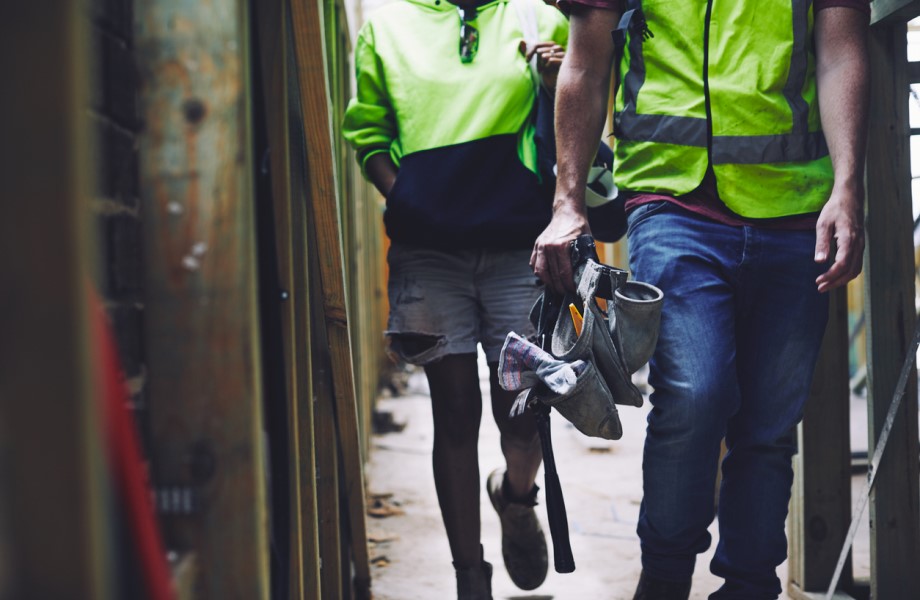
Construction costs have been highlighted as the biggest factor to constrain new residential development during the last quarter of 2021.
According to NAB’s latest quarterly residential property survey, construction costs were a very significant constraint in Western Australia and a significant constraint in all other states.
The Reserve Bank of Australia’s statement on monetary policy showed that while investment in housing was unchanged in the third quarter of 2021, there was still a large pipeline of residential construction work to be completed.
This includes more than 120,000 new dwelling projects that started construction in the second and third quarters of 2021.
The forecast is that dwelling investment will remain high as construction projects in the pipeline are completed, on the back of resilient construction activity in the third quarter of 2021 despite pandemic restrictions.
The RBA also said people spending more time at home had fuelled a desire to improve their homes and this had added to solid construction activity and investment.
Household income and wealth growth, and population growth after international borders are reopened, are also expected to increase the levels of residential construction for several years.
The RBA said that it was possible supply constraints could “intensify or persist for longer than expected”.
It said such constraints were mostly due to increased demand and temporary disruptions due to the pandemic preventing supply being able to respond to that demand fast enough.








